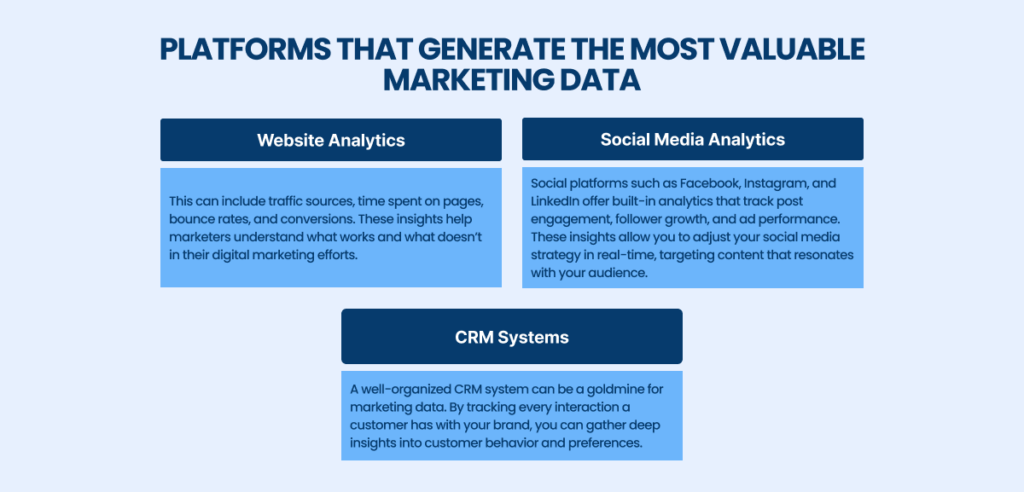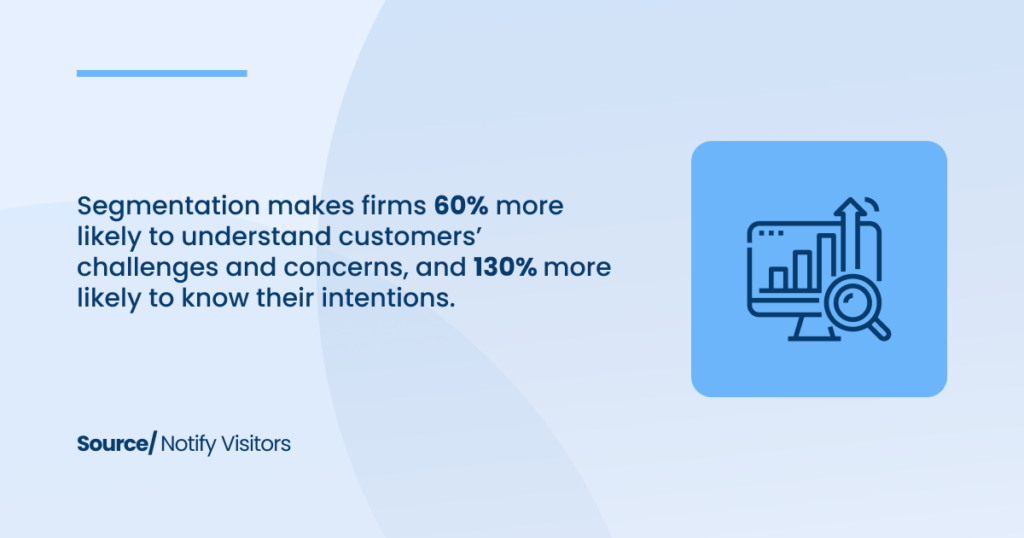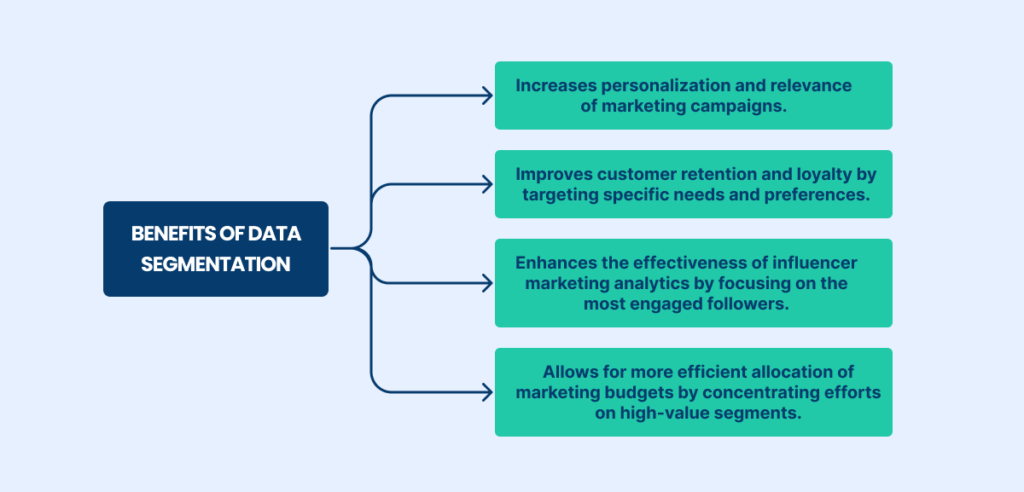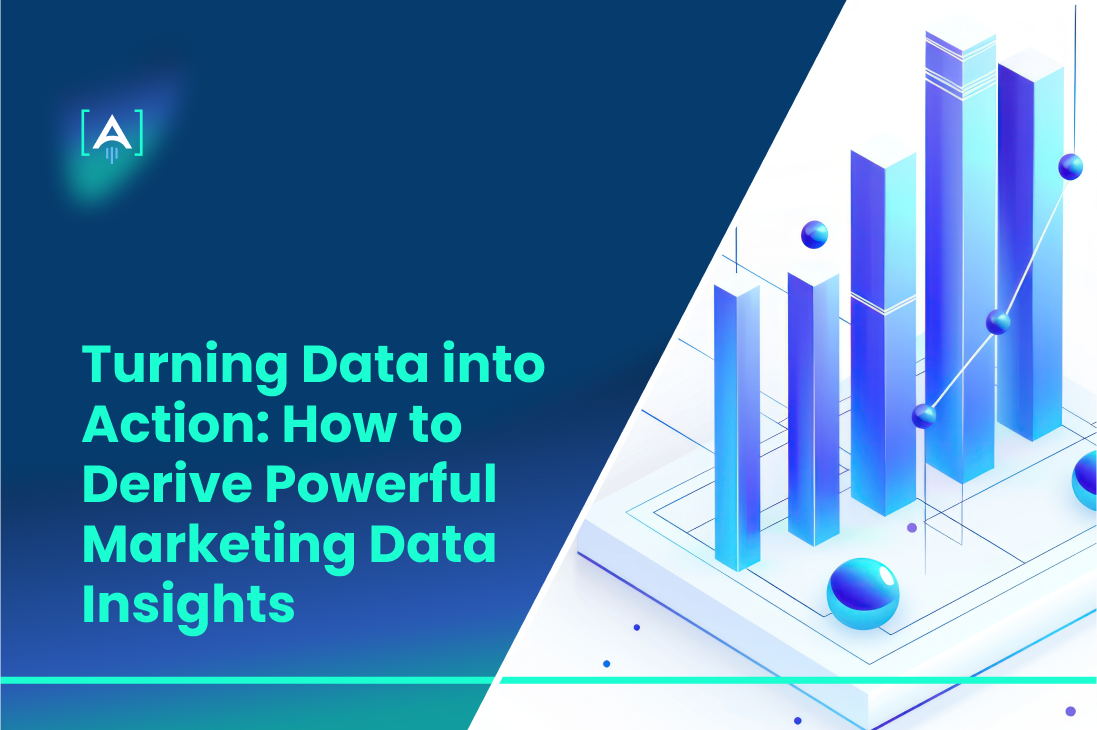In today’s data-driven world, marketing success depends on deep insights into your audience.
By harnessing the power of data, you can uncover valuable trends, identify untapped opportunities, and optimize your marketing strategies for maximum impact.
The digital advertising market is led by the United States, with 243.89 billion U.S.
Source: Global Digital Advertising
Another source projected that in 2027, the spending would reach 870.85 billion dollars.
The numbers show the high importance of a professional Marketing Analytics & Reporting Agency that can turn vast amounts of marketing data into actionable insights.
The blog post will cover how to harness the potential of your marketing data and turn it into strategies that achieve results.
What is Marketing Data, and Why Does it Matter?
Marketing data is the foundation upon which successful modern marketing strategies are built.
It encompasses a broad spectrum of information, ranging from customer demographics, behavior, and feedback to the performance metrics of marketing campaigns.
Source: Fortune Business Insights
But why does marketing data matter? The simple answer is that it helps businesses make informed decisions, optimize their marketing efforts, and ultimately drive revenue growth.
In a highly competitive business landscape, relying on intuition alone is no longer sufficient. Data analytics in business has proven that leveraging marketing data provides businesses with the clarity they need to focus their resources where it matters most.
Marketing data insights help companies understand their customers better, identify trends, and measure the effectiveness of their campaigns. The result? More personalized marketing approaches, efficient use of budgets, and enhanced return on investment (ROI).
By turning raw data into actionable insights, companies can fine-tune their marketing strategies and ensure that every campaign is driven by data, not just assumptions.
Whether through AI marketing analytics or traditional tools, businesses can stay ahead of the curve by continuously analyzing their data.
Defining Key Marketing Metrics
Understanding marketing campaign metrics is crucial for any marketer seeking to measure the effectiveness of their efforts.
These metrics reveal how well a campaign is performing and provide actionable insights that drive future marketing strategies.
- Conversion Rate: This measures the percentage of visitors who take a desired action, such as making a purchase or signing up for a newsletter. It’s one of the most telling indicators of how well your marketing campaign resonates with your target audience.
- Customer Acquisition Cost (CAC): This metric helps you understand how much you’re spending to acquire each new customer. Lowering this cost while maintaining or increasing conversions is often the goal.
- Return on Investment (ROI): ROI measures the financial return from your marketing efforts relative to the cost of the campaign. It’s one of the most critical metrics as it directly ties your marketing efforts to business growth.
- Customer Lifetime Value (CLV): This is the total amount of revenue a business can expect from a single customer over the entire duration of their relationship. Increasing CLV can significantly impact long-term profitability.
- Engagement Metrics: These include likes, shares, comments, and other interactions on social media and other digital platforms. Engagement metrics provide insights into how well your content resonates with your audience.
- Influencer Marketing Analytics: In the age of social media, influencer marketing is a powerful tool. Tracking metrics like reach, engagement, and conversions from influencer campaigns can provide valuable insights into the effectiveness of these collaborations.
Marketing analytics services help businesses track these metrics, providing detailed reports and valuable insights to optimize future campaigns.
The goal is to turn these metrics into actionable insights that drive more informed decision-making and improve marketing performance.
Collecting and Organizing Your Marketing Data
Collecting and organizing marketing data insights is the first critical step in transforming data into a strategic asset.
Without proper organization, even the most robust datasets can become overwhelming and, ultimately, useless. Therefore, the process of gathering, structuring, and managing marketing data is essential for deriving meaningful, data-driven marketing insights.
There are several challenges that businesses face when collecting data, such as integrating multiple data sources, ensuring data accuracy, and avoiding data silos.
To overcome these, businesses must establish a well-organized data management system that consolidates all marketing data into one centralized platform. From there, companies can begin analyzing the data to uncover actionable insights.
Effective data collection is not just about accumulating raw numbers; it also involves gathering customer feedback, tracking user behavior, and identifying patterns in how different marketing campaigns perform.
These efforts provide a clearer picture of how to adjust your marketing strategy and drive growth.
Sources of Marketing Data
Marketing data can come from a wide range of sources.
To derive comprehensive insights, it’s crucial to pull from multiple datasets, allowing for a holistic view of your audience, your campaign performance, and the overall effectiveness of your marketing strategy. The most common sources of marketing data include:
First-Party, Second-Party, and Third-Party Data
- First-Party Data: This is data that businesses collect directly from their customers and prospects. It’s the most valuable type of data because it’s often highly relevant and accurate. Examples of first-party data include customer interactions on your website, email subscriptions, or purchase history.
- Second-Party Data: This type of data is essentially someone else’s first-party data. Businesses often exchange or share this data with trusted partners to enhance their own data sets. For example, you might obtain second-party data from a company with whom you have a strategic partnership.
- Third-Party Data: This is data collected by an external provider who doesn’t have a direct relationship with your customers. Third-party data is often used to supplement your own datasets and can provide a broader market view. However, it may lack the relevance and precision of first-party data.
By integrating first, second, and third-party data, businesses can gain a more detailed and data-driven marketing insights that allow for better personalization and targeting.
Website Analytics, Social Media, and CRM Systems
The platforms that generate the most valuable marketing data are typically your website, social media accounts, and customer relationship management (CRM) systems.

Analyzing Marketing Data for Actionable Insights
The true power of marketing data lies in the ability to turn raw information into actionable data insights.
While collecting data is essential, its real value is realized through careful analysis, which transforms numbers into strategies that drive growth.
Source: Business Research Insights
Analyzing marketing data enables businesses to uncover patterns, trends, and opportunities to optimize their campaigns, improve customer experiences, and increase ROI.
For businesses of all sizes, leveraging data analytics in business has become a crucial component of staying competitive.
Whether you’re tracking marketing campaign metrics or exploring mobile marketing analytics, the goal is always to extract insights that allow you to make data-driven decisions.
Key Techniques for Data Analysis
To generate meaningful, actionable insights from your marketing data, you need the right techniques.
Data Segmentation
Data segmentation is the process of dividing your data into smaller, more manageable groups based on specific characteristics, such as customer behavior, demographics, or preferences.
This technique is one of the cornerstones of data-driven marketing insights because it allows businesses to tailor their marketing efforts more effectively.

For example, by segmenting your audience by purchase history or engagement levels, you can create personalized marketing campaigns that resonate with each group.
This approach ensures that you’re delivering the right message to the right audience at the right time, which increases the likelihood of conversions.
Segmentation is particularly useful in mobile marketing analytics and web marketing analytics, where different user behaviors can vary widely across platforms.
For instance, mobile users might respond better to certain types of ads or content compared to desktop users. By segmenting these audiences, marketers can create customized experiences that are more likely to engage users and drive action.
Benefits of Data Segmentation

By breaking down your data into these manageable segments, businesses can derive more precise marketing data insights and apply them to improve their overall marketing strategy.
Predictive Analytics
While segmentation helps you understand your current audience, predictive analytics takes things a step further by forecasting future trends and behaviors.
Predictive analytics uses historical data, algorithms, and machine learning techniques to predict outcomes, such as customer behavior, future sales, or the success of marketing campaigns.
Source: Business Research Insights
For instance, by analyzing past purchase patterns and engagement data, businesses can use predictive analytics to identify which customers are most likely to make a repeat purchase.
This enables marketers to target these customers with personalized offers and messages, improving conversion rates.
AI marketing analytics plays a significant role in predictive analytics by processing large volumes of data and identifying patterns that would be difficult for humans to detect.
This not only saves time but also provides a more accurate forecast of future trends, helping businesses stay ahead of the competition.
Examples of Predictive Analytics in Marketing:
- Predicting customer churn and taking proactive measures to retain high-value customers.
- Forecasting the success of future marketing campaigns based on past performance.
- Anticipating changes in consumer behavior due to market trends or seasonal shifts.
- Enhancing influencer marketing analytics by predicting which influencers will have the greatest impact on brand awareness or sales.
By leveraging predictive analytics, businesses can make informed decisions and turn data points into actionable data that drives growth.
Tools for Turning Data into Action
To derive valuable insights from your data, you need the right tools. Fortunately, there are many powerful tools available today that make it easier for marketers to transform raw data into actionable insights.
These tools not only help you track and analyze data but also provide visual representations that make it easier to understand and act on.
Google Analytics, Power BI, and More
Google Analytics is one of the most widely used tools for analyzing web marketing analytics. It provides a wealth of information about your website visitors, including where they come from, how they interact with your site, and what actions they take.
With Google Analytics, businesses can track key metrics such as page views, bounce rates, and conversions, making it easier to measure the success of their digital marketing efforts.
Source: Google Analytics
One of the most powerful features of Google Analytics is its ability to segment your audience based on specific behaviors or demographics. This allows you to dig deeper into your data and uncover marketing data insights that can be used to refine your marketing strategy.
For instance, you might find that a particular audience segment is more likely to convert on mobile devices, prompting you to optimize your mobile site for that audience.
Power BI is another powerful tool for turning data into action. This business analytics tool from Microsoft helps businesses visualize their data through interactive dashboards and reports.
Source: Power BI
With Power BI, businesses can track real-time data from various sources, including AI marketing analytics tools, and generate detailed reports that provide actionable insights.
Key Features of Power BI:
- Integration with multiple data sources, including marketing analytics solutions and CRM systems.
- Real-time data tracking and reporting.
- Customizable dashboards that allow businesses to focus on the most relevant data points.
- AI-powered analytics that help businesses uncover trends and patterns.
Other tools that can help businesses analyze their marketing data include:
- Tableau: A data visualization tool that allows businesses to create interactive dashboards and reports from their data.
- HubSpot Analytics: A comprehensive platform that integrates with your CRM and provides detailed insights into your marketing, sales, and customer service efforts.
- Mixpanel: A product analytics tool that helps businesses track user interactions with their digital products, making it easier to optimize the user experience.
By using these tools, businesses can turn marketing campaign metrics into actionable data insights that drive better decision-making.
How to Use Dashboards and Reporting Tools
Dashboards and reporting tools are essential for turning raw data into actionable insights. These tools allow businesses to visualize their data in a way that makes it easier to understand and act on.
Instead of sifting through spreadsheets of data, dashboards present the most important metrics in a clear and concise manner.
When using dashboards and reporting tools, it’s important to focus on the most relevant data points. For example, you might create a dashboard that tracks key marketing campaign metrics such as conversion rates, engagement, and ROI. This allows you to quickly see how your campaigns are performing and make adjustments as needed.
Partner with [A] Growth Agency for Your Creative Marketing Analytics Solutions and Strategies
The ability to turn raw data into actionable insights is no longer a luxury but a necessity. As technology continues to evolve, marketing analytics and reporting possibilities are limitless. For staying competitive in today’s dynamic marketplace marketers should approach their craft even in more revolutionary ways.
[A] Growth Agency will contribute to the process. We specialize in turning entrepreneurial dreams into reality with effective, tailored growth strategies.
At heart, we’re a team of data-driven growth marketers focused on delivering scalable results.
Moreover, our goal is to transform raw data into actionable insights, ensuring that your growth strategy is always one step ahead of the competition.
Don’t wait any longer.

